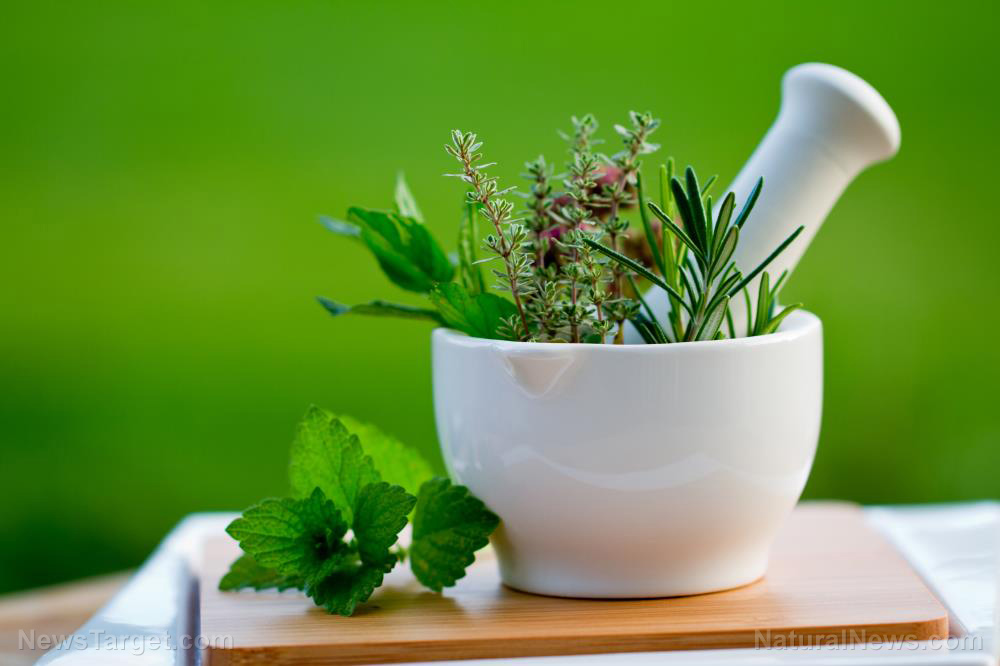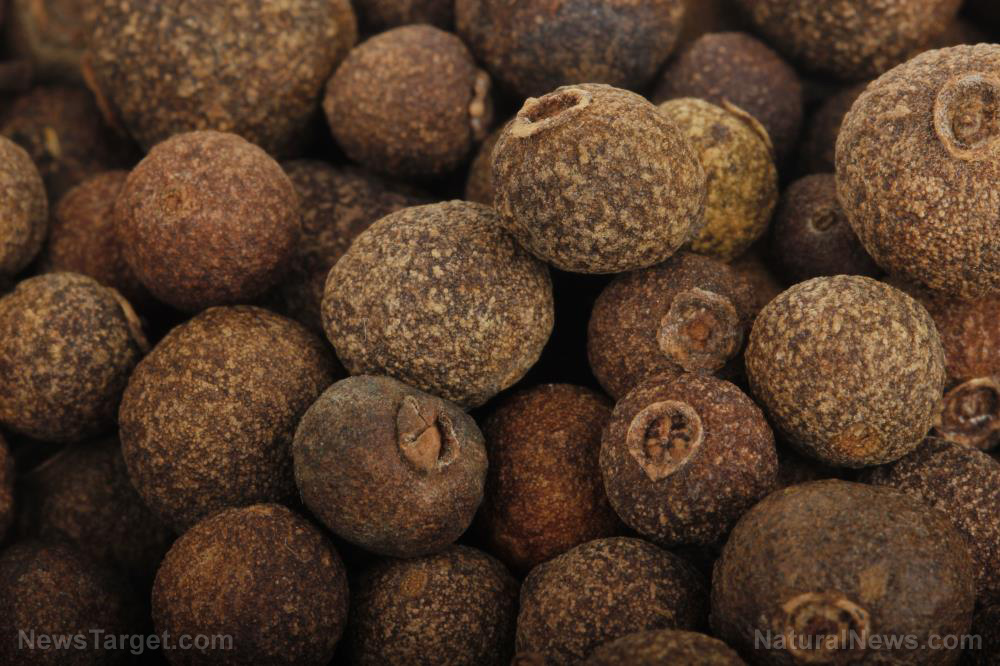
How to identify wild violets
Wild violets (Viola sororia) or common blue violets usually have purple flowers and heart-shaped leaves. They may also appear in different shades of purple and white.
These plants often grow in shady, wooded locations. They grow in clumps of about four to six inches high, but they can sometimes grow a little taller.
You can transplant them into your garden if you see a healthy clump while foraging. When left unchecked, wild violets will spread in your garden.
Wild violets are a healthy food source. They are rich in vitamins A and C. Their vitamin C content by weight beats oranges. Wild violets also contain other vitamins and minerals.
Wild Violets vs. African Violets
When foraging for wild violets, you need to learn how to differentiate them from African violets (Streptocarpus sect. Saintpaulia). Familiarize yourself with photos of violets with the botanical name of V. sororia or Viola sororia albiflora.
While African violets make gorgeous houseplants, you shouldn't add them to a salad because they can make you sick.
Wild violets vs. vinca
Vinca plants are often confused with wild violets, but the two are unrelated. Vinca is not edible.
Edible uses of wild violets
The flowers and leaves of wild violets are edible.
Raw or steamed wild violet flowers add a dash of bright color and a hint of sweetness to leafy greens and sandwiches. The flowers can also be used to give a natural, creative flair to dessert decorations.
Wild violet leaves can be chopped up and added to soups. Whole leaves can be added to a salad mix.
You can cook wild violet leaves, but this makes them a bit bland. The leaves are also as nutritious as the flowers, so try to include them inn your spring foraging list. (Related: 12 Wild summer edibles to harvest for your food stockpile.)
You can use wild violets to make different foods like:
- Candied violets
- Sweet violet sugar
- Sweet violet vinaigrette
- Violet-infused lemonade
- Violet-infused vinegar
- Violet jelly
- Violet syrup
- Violet tea
You can also freeze wild violet petals into ice cubes to give a floral, festive touch to drinks for parties. Alternatively, the petals can be baked into desserts or candy.
While wild violets are considered safe to eat, some people have reported sensitivities when eating the stems raw. If you have this sensitivity, eat wild violet leaves and petals cooked or avoid them altogether.
Medicinal uses of wild violets
Aside from being edible, wild violets have several medicinal uses.
- Wild violets can help boost your immune system and reduce inflammation. Coughs, colds, sinus infections, sore throats and other respiratory conditions are more common during spring. Eat wild violet flower and leaves or use them to brew tea that can help relieve these issues.
- You can use wild violets to naturally help your body eliminate waste by stimulating the lymphatic glands, which then get rid of toxins in the body.
- Native Americans used wild violets to make a poultice that can help treat headaches. It is believed that this remedy works because of the salicylic acid contained in the flower, a compound also found in aspirin.
- Wild violets also have antiseptic properties. This makes them an effective ingredient in salves or ointments used to treat minor scrapes and bruises.
- Drinking violet tea may help treat insomnia.
Despite these many medicinal uses, if you are not used to consuming wild violets, introduce them to your diet gradually because the plant also acts as a mild laxative.
Wild violet recipes
Here are some wild violet recipes that you can try to reap the health benefits of this amazing plant.
Wild violet tea
This wild violet tea has anti-inflammatory and immune system-boosting properties. Brew a cup of this beverage to enjoy its restorative effects.
Ingredients:
- 2 teaspoon dried wild violet leaves
- 1 teaspoon dried wild violet flowers
Preparation:
- Add boiling water to the dried wild violet leaves and flowers.
- Let the mixture steep for five minutes.
- Strain out the flowers and leaves before serving.
Notes:
- For added health benefits, add some honey to wild violet tea before serving.
- If you don't have dried wild violet leaves and flowers, use two teaspoons of fresh flowers.
Homemade wild violet jelly
This recipe produces delicious wild violet jelly that tastes like grape jelly.
Ingredients:
- 3 1/2 cups sugar
- 2-3 cups loosely packed violet blooms
- 2 1/2 cups boiling water
- Juice of one large lemon
- 1.75 oz. of pectin
Preparation:
- Gather two to three cups of violet blossoms and pour the boiling water over them. This will turn the mixture aqua.
- After the violets have been infused for several hours, strain the infusion.
- Add the juice of one lemon. This will turn the bluish mixture purple.
- Add the pectin to the flower and lemon juice mixture. Stir the mixture in a heavy-duty saucepan over high heat until it reaches a heavy boil.
- Boil the mixture for one minute, then add the sugar all at once. Keep stirring, and return the mixture to a boil for one minute.
- Remove from heat and quickly ladle into prepared jars.
You can either store the jelly in the refrigerator for two weeks or process it in a water bath for five minutes if you want the jelly to last longer.
Forage for wild violets or grow them in your home garden so you have access to an edible medicinal plant.
Watch the video below to know more about edible plants like wild violets and chickweed.
This video is from the Resistance Chicks channel on Brighteon.com.
More related stories:
How to use and plant lemongrass, a powerful medicinal plant.
How to identify and grow ironweed, a medicinal plant.
20 Herbal preparations for your herbal medicine cabinet.
How to start an herbal medicine cabinet.
Sources include:
Please contact us for more information.























